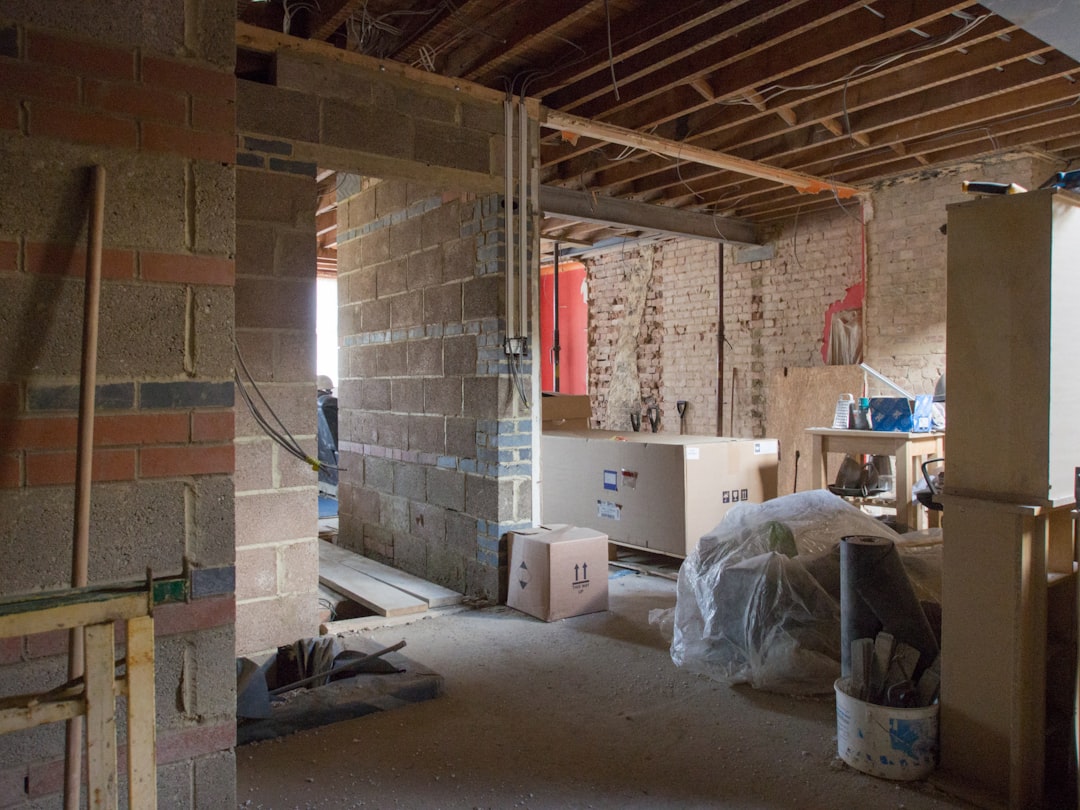
The U.S. residential construction market is booming, yet profit margins remain tight for many trade-focused builders. Rising material costs, labor shortages and client demand for rapid turnarounds mean that “good enough” project management no longer cuts it. Learning how to become a successful home builder today requires both traditional craftsmanship and next-generation digital workflows. At CountBricks, we blend field-proven construction know-how with AI-powered estimating, live voice data capture and blueprint takeoffs to help builders scale without sacrificing quality.
Success is more than completing a house on schedule. CountBricks defines a successful home builder as one who:
• Wins profitable bids consistently
• Maintains real-time cost control from ground-break to handover
• Delivers predictable timelines that keep subcontractors aligned
• Leverages technology to reduce administrative overhead
• Earns referrals and repeat work because the homeowner experience is seamless
Successful builders front-load risk management. With CountBricks.com/blueprint-takeoffs you can upload architectural PDFs and receive quantified material lists inside minutes, not days. This allows trades to:
• Lock in supplier pricing before market swings
• Spot design conflicts early and issue RFIs while revisions are still inexpensive
1. Open the CountBricks Voice Estimate app on site
2. Speak tasks in natural language: “Frame 2,400 sq ft of 2x6 exterior walls. Add R-21 batt insulation.”
3. Our AI matches items to your cost database, factoring regional material pricing and crew productivity rates
4. Review, adjust mark-ups, then export a branded proposal instantly
This workflow slashes bid preparation time by up to 70%, giving you more shots at profitable projects.
• Use consistent scopes of work generated through CountBricks.com/services to avoid bid-day surprises
• Share live project dashboards so trades see how their tasks fit into the critical path
• Reward punctual partners with first-call status on future jobs
CountBricks syncs purchase orders, timesheets and change orders into one dashboard. When framing lumber spikes mid-project, you will know the cost impact before the invoice lands. This enables quick client conversations and prevents margin erosion.
• Daily voice logs: Capture site issues hands-free and attach photos
• Auto-generated client updates: Keep homeowners informed without extra admin work
• Compliance archive: Store inspection certificates and warranties in a single repository for future reference
After every build, export a CountBricks Post-Project Report. Compare estimated versus actual hours, materials and overhead. Feed that data back into your template library so each new estimate gets sharper.
Scope Creep: Our change-order tool captures client requests by voice-to-text and updates budgets immediately.
Bid Guesswork: Live supplier feeds ensure you base quotes on today’s prices, not last quarter’s.
Scheduling Chaos: The CountBricks Gantt scheduler pushes automatic alerts to subs, closing gaps before they widen.
• Integrate field tablets so foremen approve deliveries on arrival, syncing costs to the master budget
• Tag all materials with QR codes generated by CountBricks to automate inventory counts
• Use our API to push project data into your accounting package, eliminating double entry
• Host a pre-slab meeting with all trades; record agreements via CountBricks Voice so nothing is forgotten
A three-story, 3,200 sq ft custom home in Nashville previously took our client 34 weeks to deliver. By adopting CountBricks takeoffs and live cost tracking, the builder:
• Reduced estimating time from 16 hours to 3
• Saved $8,700 in lumber overruns through early detection
• Closed the project in 28 weeks, freeing the crew for an extra build this year
Ready to elevate your operation? Visit CountBricks.com/consultation to schedule a workflow audit. Our team will benchmark your current processes against industry best practice and configure a pilot project so you can experience the gains firsthand.
Knowing how to become a successful home builder today means fusing craftsmanship with digital precision. CountBricks provides the AI tools, industry data and field experience you need to win better work, protect margins and delight clients. Build smarter. Build faster. Build with CountBricks.

Traditional residential estimating relies on spreadsheets that are already outdated when the bid is submitted. CountBricks replaces that static approach with a learning engine that improves every time you speak a new task or upload a plan.
1. Predictive Pricing: Our platform analyzes historical supplier invoices to forecast seasonal fluctuations. Enter a lumber package in October and CountBricks will suggest locking pricing before the January spike.
2. Crew Productivity Insights: By comparing time-stamped field logs against estimated hours, the system flags when certain tasks regularly run over budget. You can retrain crews or adjust future bids to safeguard profit.
3. Automated Risk Alerts: If a change order pushes electrical work into a holiday week, CountBricks notifies you that overtime rates may apply, giving you time to renegotiate the schedule or budget.
On a six-unit townhouse project, the framing contractor integrated CountBricks API with their payroll software. Productivity dashboards showed that second-floor wall sets were 12% slower than baseline. By reallocating an extra carpenter for two days, the team recovered the schedule and avoided a $4,500 delay penalty. The insight came directly from CountBricks AI—no spreadsheets required.
• Upload the architect’s PDF to CountBricks.com/blueprint-takeoffs and confirm quantities
• Conduct a voice-driven site walkthrough to capture unique conditions such as tight setbacks or rocky soil
• Generate two estimate scenarios: baseline and accelerated schedule, then present clear options to the client
• Use CountBricks scheduler to reserve high-demand subcontractors before competitors do
By embedding these steps into your standard operating procedure, you convert AI insights into tangible field results. The outcome is simple: more accurate bids, smoother builds and higher customer satisfaction. Start your transformation today at CountBricks.com/services.